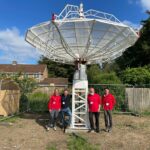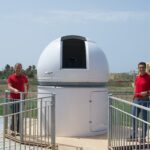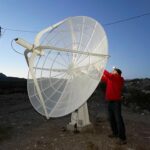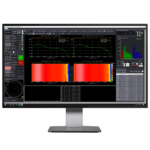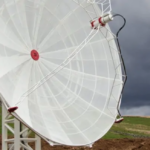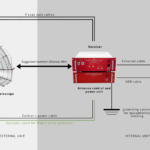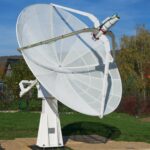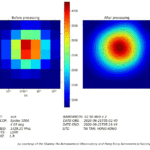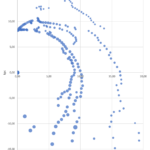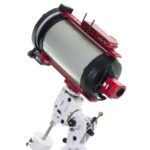
How to use Celestron EdgeHD 9.25″ for astrophotography
Celestron EdgeHD 9.25″ is an aplanatic SC telescope that offers great astrophotography performance when used with PrimaLuceLab devices like ESATTO focuser, ARCO rotator, GIOTTO flat field generator, ALTO cover motor and EAGLE computer. By installing it on a correctly dimensioned computerised mount, you can create a powerful but still portable…

